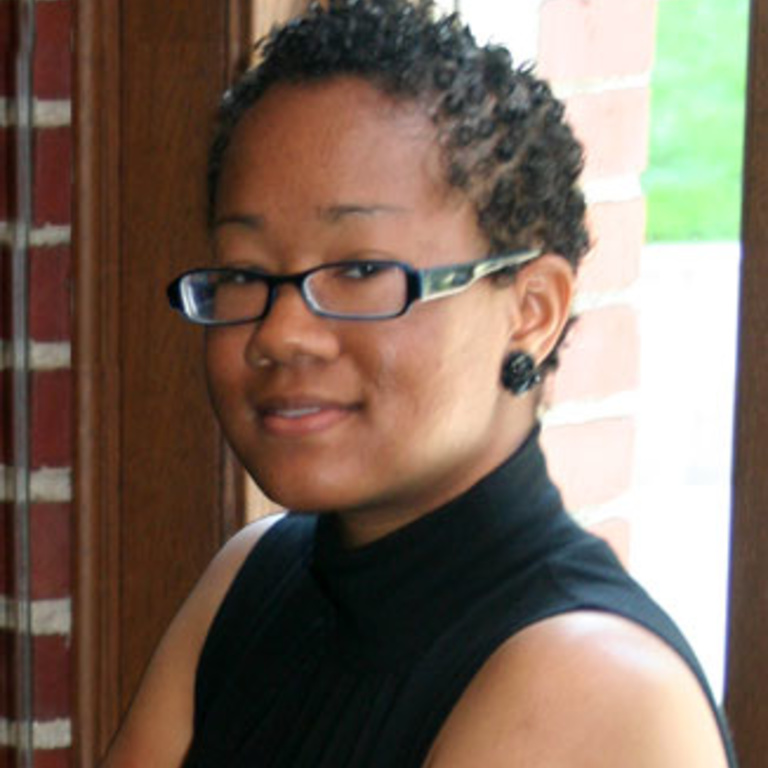Ashley Sheriff
Reproducing Criminology in Detective Fiction: Sherlock Holmes as a Medium for Biological Determinism
Conan Doyle's Sherlock Holmes series helped the emerging British middle-class make sense of the steep rise in crime and Britain's close interaction with colonized countries in the late 19th and early 20th centuries. Doyle introduced a machine-like man who quickly identified criminals, providing a false sense of security against crime and foreigners. This project argues that Doyle applied pseudo-scientific theories that claimed people were biologically predisposed to inferiority and criminality. He imprinted these traits on a primarily non-British and non-white population, thereby reinforcing hegemonic stereotypes of marginalized groups in Britain including Australians, Italians and people of African descent. Biological deterministic theories such as phrenology and physiognomy were precursors for stereotypes we recognize today. My methods for testing my argument included interdisciplinary study in socio-cultural anthropology, British Victorian history and annotated Sherlock Holmes texts. I also conducted a quantitative analysis where I categorized character demographics of 71 characters from 34 different texts based on traits such as race, national origin, and how aesthetically appealing and well-mannered Doyle depicted them. My quantitative analysis results supported my argument. 70 percent of criminals in the sample were foreigners and 58 percent of the foreigners who committed crimes were not quite considered white at that time. Doyle's stereotyping of criminals has implications of racial messages we're consuming from various mediums, whether television, newspapers or detective fiction. The danger with stereotypes and survivals of pseudo sciences is that people often act based on what they perceive to be real.
